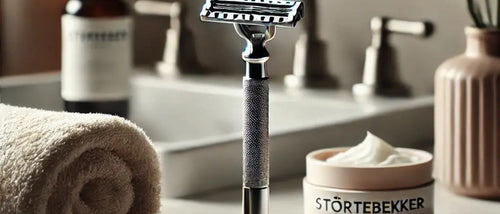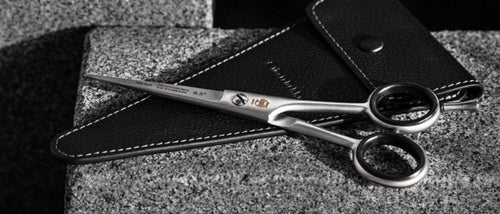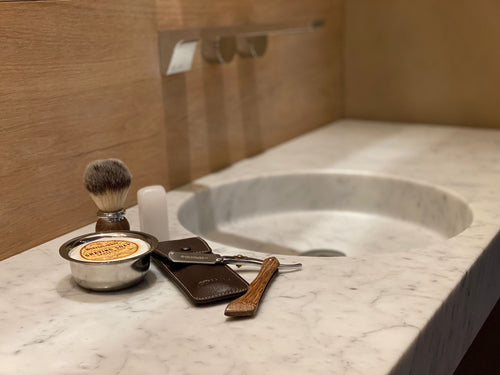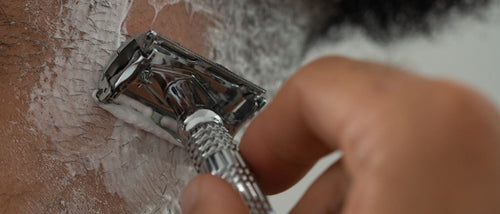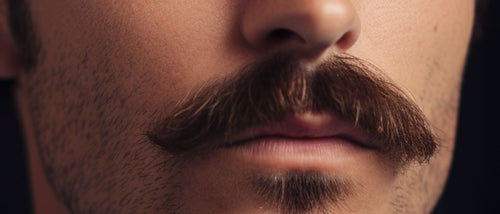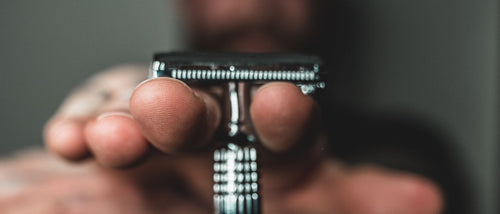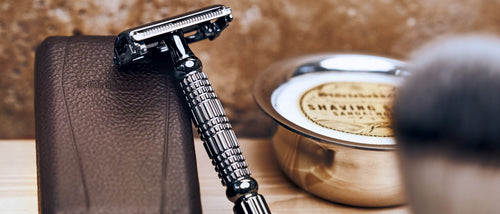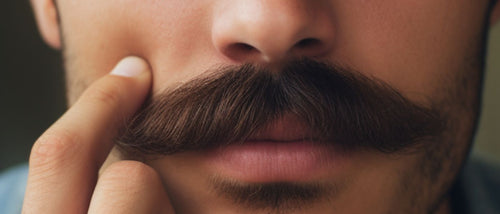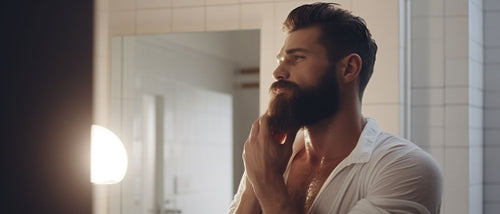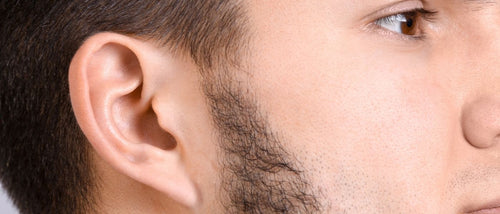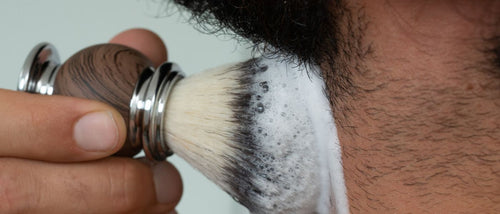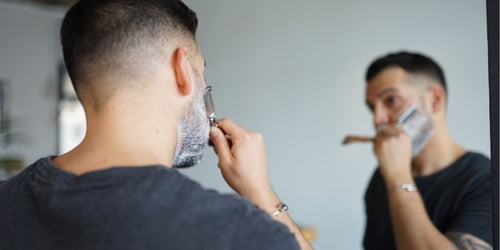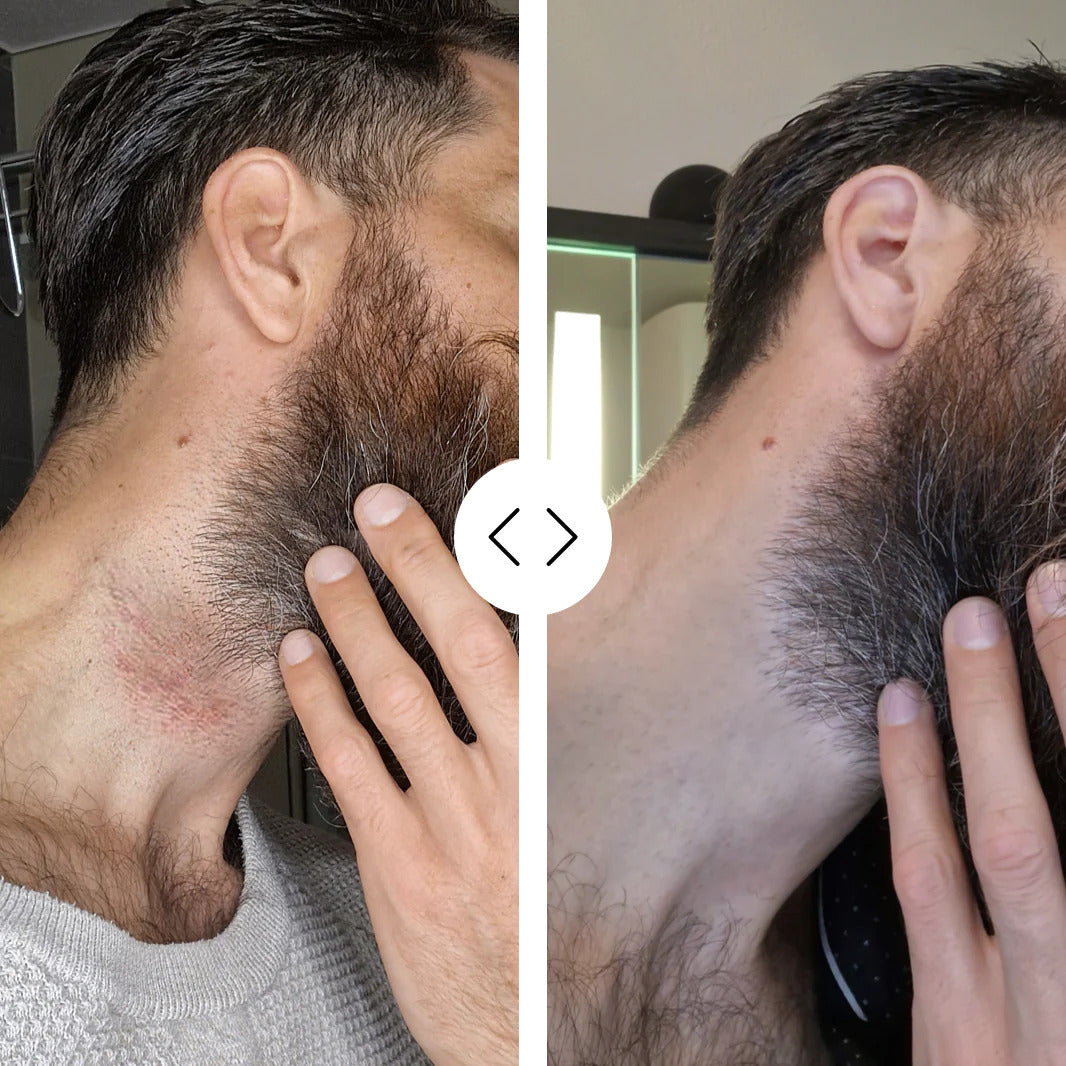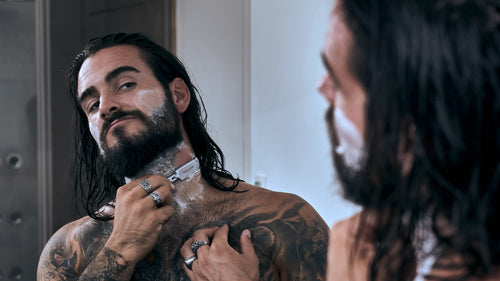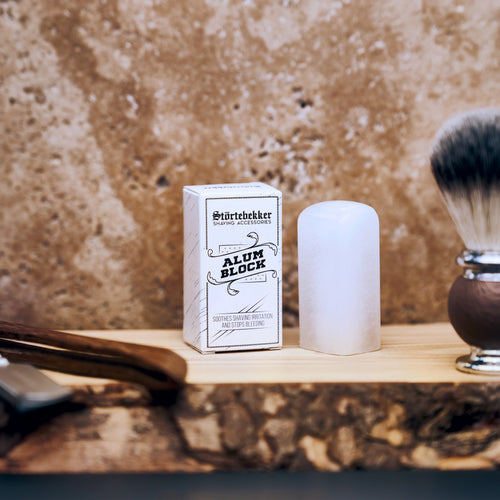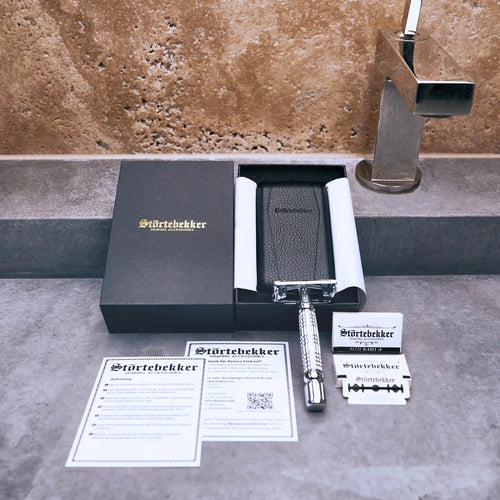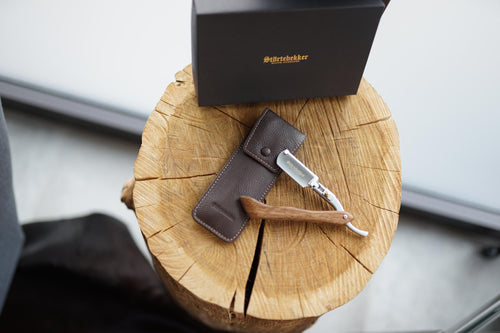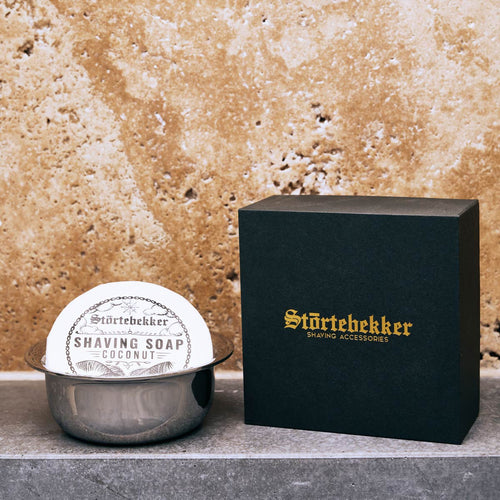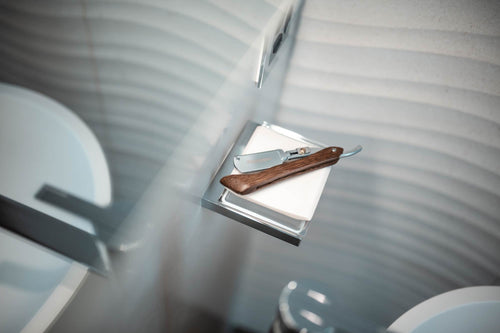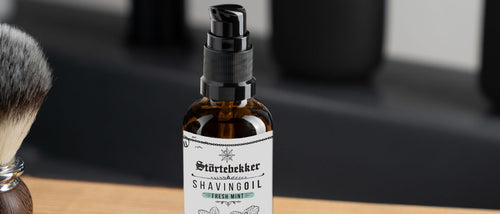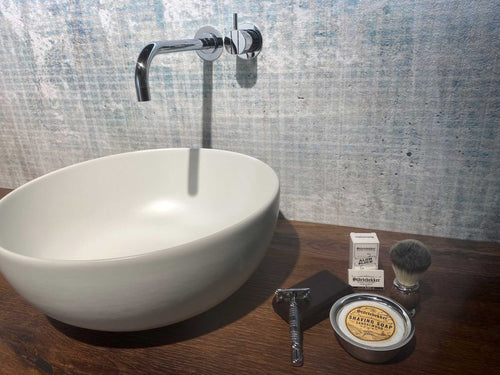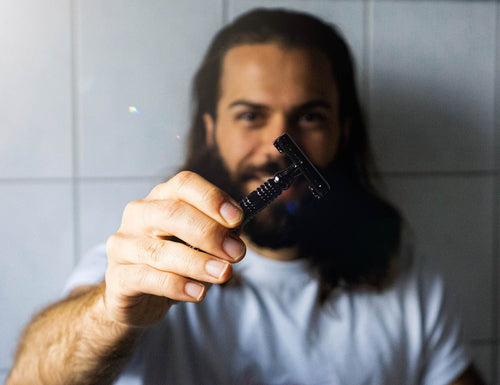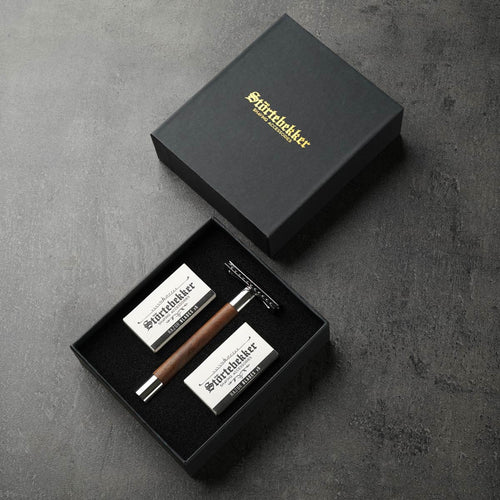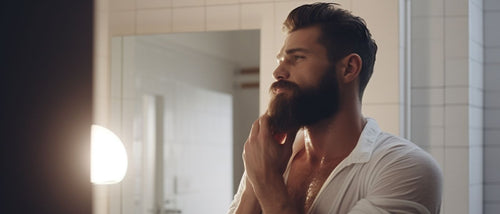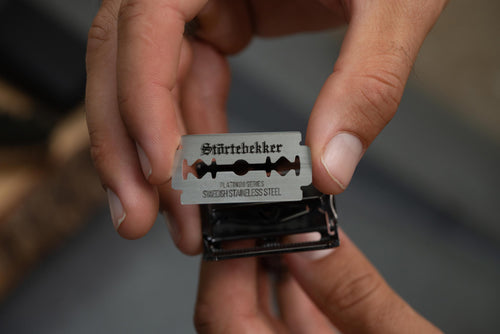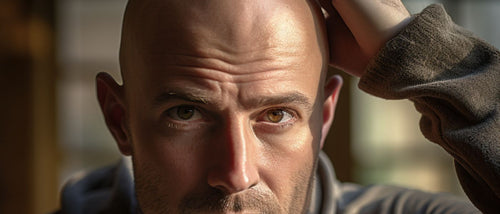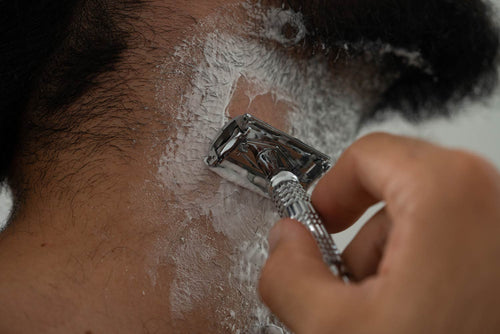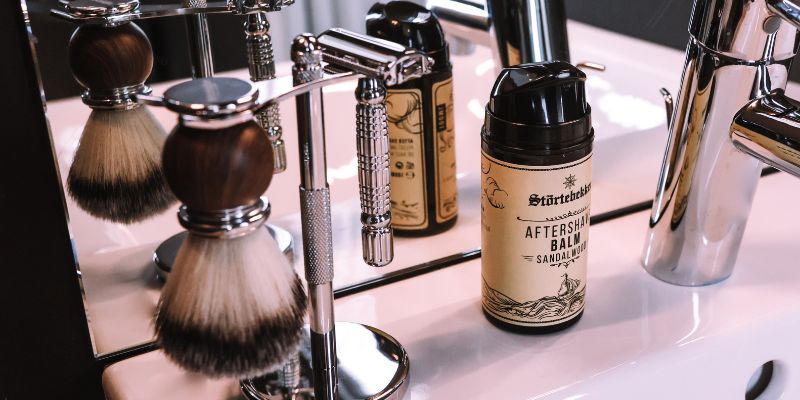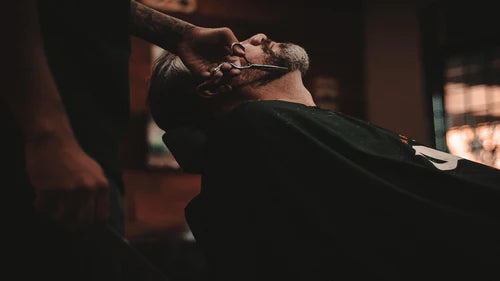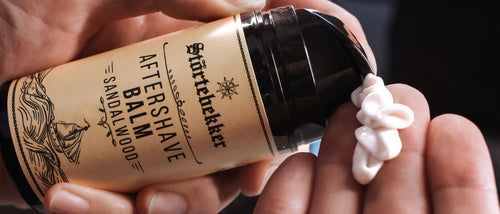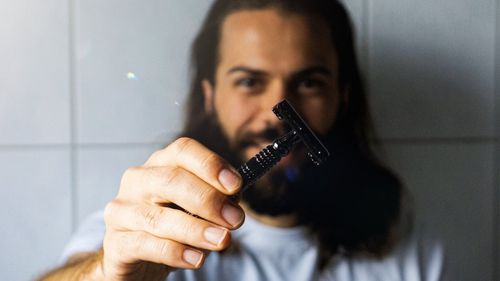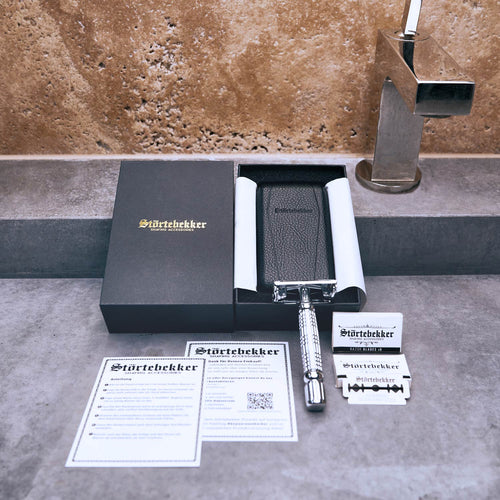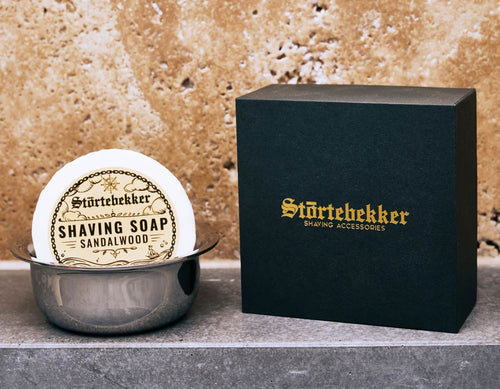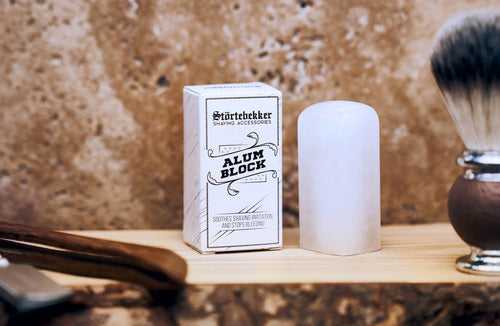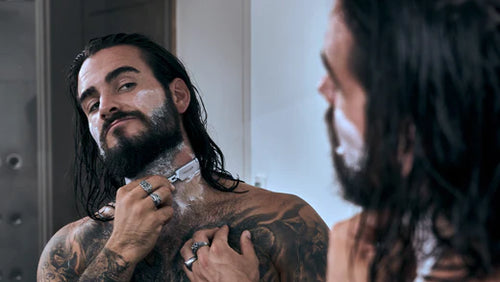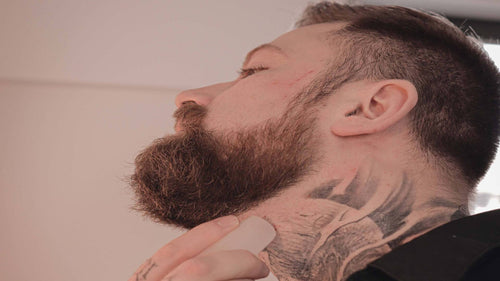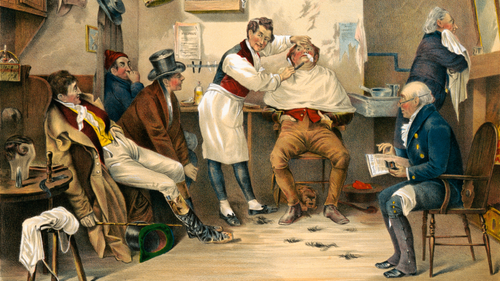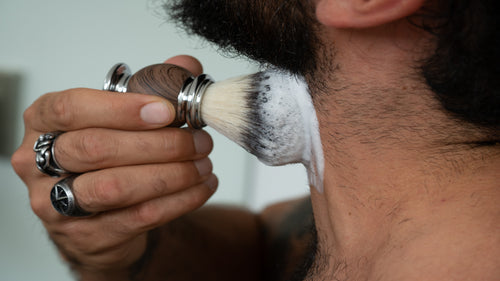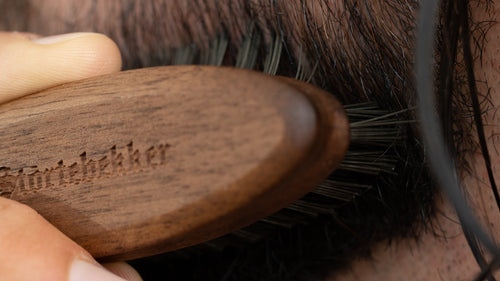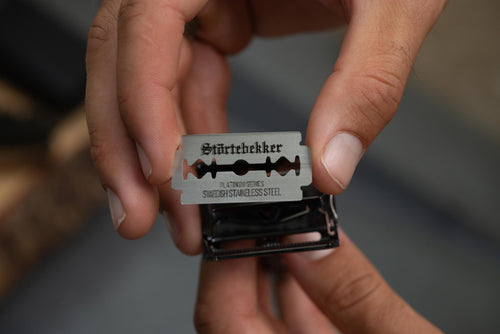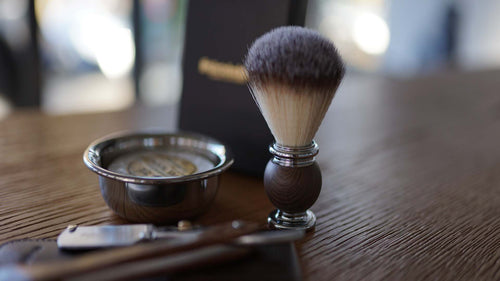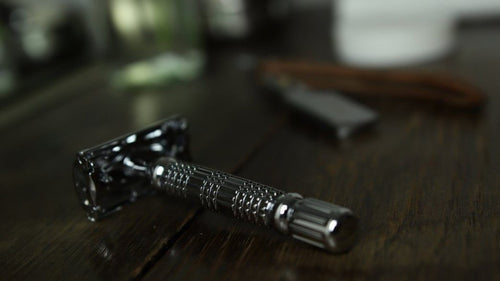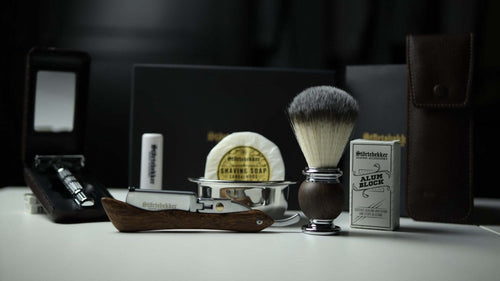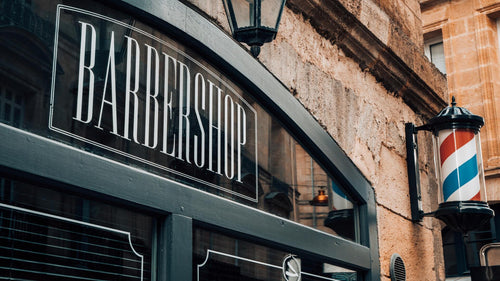Die Nassrasur ist seit Jahrhunderten eine der effektivsten und gründlichsten Methoden, um unerwünschte Haare zu entfernen. Während der Rasierhobel traditionell vor allem bei Männern bekannt ist, entdecken immer mehr Frauen die Vorteile dieses klassischen Rasierwerkzeugs.
Der Rasierhobel bietet nicht nur eine gründliche und sanfte Rasur, sondern ist auch eine umweltfreundliche und nachhaltige Alternative zu herkömmlichen Einweg-Rasierern.
In diesem Artikel erklären wir, warum der Rasierhobel für Frauen eine ausgezeichnete Wahl ist und wie du ihn optimal in deine Pflegeroutine integrieren kannst.
Warum sollten Frauen einen Rasierhobel verwenden?
Die Rasur ist für viele Frauen ein regelmäßiges Pflegeritual. Doch während viele zu Einwegrasierern greifen, wird der Rasierhobel immer beliebter – und das aus gutem Grund. Hier sind einige der wichtigsten Vorteile, warum du einen Rasierhobel wie den von Störtebekker in Betracht ziehen solltest:
1. Gründliche und sanfte Rasur
Der Rasierhobel ist für seine extrem gründliche Rasur bekannt. Die scharfe Klinge gleitet sanft über die Haut und entfernt die Haare direkt an der Oberfläche. Das Ergebnis ist eine
🪒 glatte und langanhaltende Rasur,
🪒 die weniger Irritationen verursacht.
Besonders für empfindliche Haut oder Körperpartien wie die Beine, Achseln oder die Bikinizone ist der Rasierhobel ideal, da er präziser arbeitet als viele Mehrklingenrasierer.
2. Weniger Hautirritationen und Rasurbrand
Viele herkömmliche Rasierer haben mehrere Klingen, die mehrmals über die gleiche Hautstelle gleiten. Dies kann zu
- Hautirritationen,
- Rasurbrand
- oder eingewachsenen Haaren führen.
Beim Rasierhobel hingegen kommt nur eine Klinge zum Einsatz, was die Wahrscheinlichkeit von Hautreizungen erheblich verringert. Besonders für Frauen mit empfindlicher Haut ist das ein entscheidender Vorteil.
3. Nachhaltigkeit und Umweltfreundlichkeit
Ein großer Pluspunkt des Rasierhobels ist seine Umweltfreundlichkeit. Im Gegensatz zu Einwegrasierern, die nach wenigen Anwendungen im Müll landen, besteht der Rasierhobel aus langlebigen Materialien wie Metall. Die einzigen Komponenten, die regelmäßig ausgetauscht werden müssen, sind die Rasierklingen.
Diese sind im Vergleich zu herkömmlichen Rasierköpfen nicht nur günstiger, sondern auch einfacher zu recyceln, da sie meist aus Edelstahl bestehen. Mit einem Rasierhobel entscheidest du dich also für eine nachhaltige und umweltschonende Alternative.
4. Kostenersparnis
Während die Anschaffung eines hochwertigen Rasierhobels wie dem von Störtebekker zunächst teurer erscheinen mag, amortisiert sich die Investition schnell.
Die Rasierklingen sind wesentlich günstiger als Ersatzköpfe für herkömmliche Rasierer, und da sie oft länger halten, sparst du langfristig sowohl Geld als auch Verpackungsmüll.
Der richtige Rasierhobel für Frauen – Was macht den Unterschied?
Nicht jeder Rasierhobel ist gleich. Insbesondere bei der Wahl eines Rasierhobels für Frauen gibt es einige wichtige Aspekte zu beachten. Der Rasierhobel von Störtebekker wurde speziell entwickelt, um eine
- komfortable,
- sichere
- und gründliche Rasur zu ermöglichen.
Hier sind einige der wichtigsten Merkmale, die den Rasierhobel von Störtebekker auszeichnen:
Ergonomisches Design
Frauen rasieren oft größere Hautflächen wie Beine oder Arme. Daher ist es wichtig, dass der Rasierhobel gut in der Hand liegt und ein ergonomisches Design bietet, das eine präzise und angenehme Rasur ermöglicht.
🪒 Expertenhinweis: Der Störtebekker Rasierhobel ist dafür optimal ausbalanciert und besitzt einen griffigen Griff, der auch in nassen Händen sicheren Halt bietet.
Hochwertige Materialien
Der Rasierhobel von Störtebekker besteht aus langlebigen und robusten Materialien wie Edelstahl und Messing. Diese sorgen nicht nur für eine lange Lebensdauer, sondern machen den Hobel auch widerstandsfähig gegenüber Feuchtigkeit – ideal für den Einsatz in der Dusche oder Badewanne.
Leichte Handhabung
Die Benutzung eines Rasierhobels mag auf den ersten Blick komplizierter erscheinen, doch mit ein wenig Übung wirst du schnell feststellen, dass er kinderleicht zu handhaben ist.
Der Störtebekker Rasierhobel ist so konstruiert, dass er sich leicht öffnen lässt, um die Klinge zu wechseln, und das Rasieren selbst wird dank des angenehmen Griffs und der scharfen Klinge zur mühelosen Routine.
Anleitung: So rasierst du dich mit einem Rasierhobel
Falls du noch nie einen Rasierhobel benutzt hast, mag die Umstellung von einem herkömmlichen Rasierer auf den Hobel zunächst ungewohnt sein. Doch mit den richtigen Schritten wird die Nassrasur zu einem sanften und angenehmen Erlebnis.
Hier eine einfache Schritt-für-Schritt-Anleitung:
1. Vorbereitung der Haut
Eine gute Rasur beginnt mit der richtigen Vorbereitung. Feuchte deine Haut gründlich an – am besten funktioniert die Rasur, wenn die Haut warm ist, etwa nach einer Dusche oder einem Bad. Verwende anschließend ein Rasiergel, Rasierseife, einen Rasierschaum oder Rasiergel, um die Haare weich zu machen und die Klinge sanft über die Haut gleiten zu lassen.
2. Die richtige Technik
Halte den Rasierhobel in einem Winkel von etwa 30 Grad zur Haut. Drücke nicht zu fest auf – der Rasierhobel erledigt die Arbeit für dich! Gleite mit kurzen, sanften Zügen über die Haut und lass die Schwerkraft und die Schärfe der Klinge die Haare entfernen. Vermeide es, mehrfach über die gleiche Stelle zu rasieren, um Hautirritationen zu vermeiden.
3. Klinge regelmäßig reinigen
Spüle den Rasierhobel während der Rasur regelmäßig unter warmem Wasser ab, um Haarreste und Rasierschaum zu entfernen. So bleibt die Klinge scharf und effektiv.
4. Nach der Rasur
Nach der Rasur solltest du deine Haut gründlich abspülen und abtrocknen. Ein beruhigendes Aftershave-Balsam oder eine feuchtigkeitsspendende Lotion hilft, die Haut zu pflegen und sie nach der Rasur mit Feuchtigkeit zu versorgen.
5. Klingenwechsel
Wechsle die Klinge regelmäßig, um eine gründliche Rasur und ein angenehmes Hautgefühl zu gewährleisten. Wie oft du die Klinge wechseln solltest, hängt davon ab, wie häufig du dich rasierst und wie dick deine Haare sind. In der Regel ist ein Wechsel nach fünf bis zehn Rasuren ideal.
Fazit: Nachhaltigkeit und Eleganz für deine Rasur
Der Rasierhobel ist längst nicht mehr nur ein Werkzeug für Männer. Immer mehr Frauen entdecken die Vorteile dieses klassischen Rasierwerkzeugs für sich. Mit einem Rasierhobel wie dem von Störtebekker entscheidest du dich für eine umweltfreundliche, kostensparende und gründliche Rasur, die nicht nur deine Haut schont, sondern auch einen Hauch von Luxus in deine Pflegeroutine bringt.
Wenn du auf der Suche nach einer nachhaltigen und effektiven Alternative zu herkömmlichen Rasierern bist, ist der Rasierhobel eine hervorragende Wahl – für eine sanfte, glatte Haut und ein Rasiererlebnis, das in jeder Hinsicht überzeugt.
Hier noch ein paar Beiträge für Dich, die sich mit dem Thema Rasur beschäftigen:
 Free shipping from
79 CHF
Free shipping from
79 CHF
 100 days return
100 days return
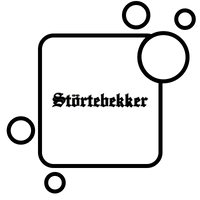 Festes Shampoo
Festes Shampoo Body Bar
Body Bar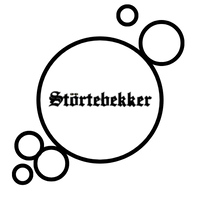 Handsoap
Handsoap Pomade
Pomade Gesichtspflege
Gesichtspflege Deo
Deo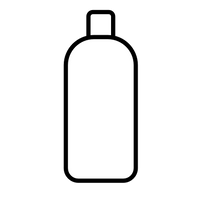 Hair & Body Wash
Hair & Body Wash Haar Booster
Haar Booster Safety razor
Safety razor Straight razor
Straight razor Shaving soap
Shaving soap Razor blades
Razor blades Shaving accessories
Shaving accessories Beard care
Beard care Beard styling
Beard styling





